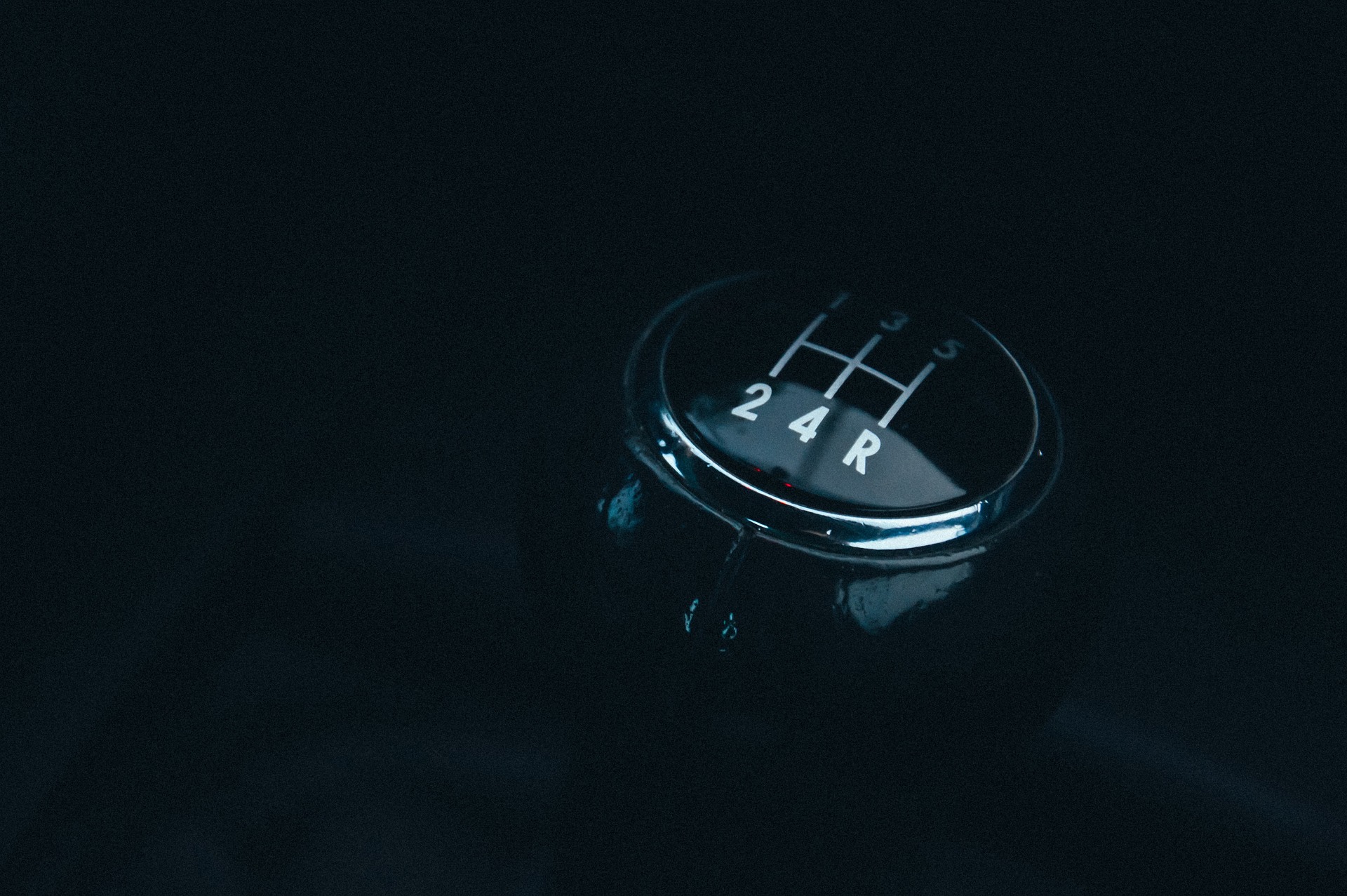Riding the Wave: The Emergence of Smart Dust Sensors in the Tech World
Welcome to the future, where tiny sensors the size of sand grains, known as Smart Dust, are set to revolutionize the tech, computers, and electronics industry. Dive into the world of these minuscule marvels and discover how they promise to transform everything from health monitoring to environmental sensing.
A Glimpse into the Past: The Birth of Smart Dust
The concept of Smart Dust originated in the late 1990s, in the research labs of the University of California, Berkeley. Driven by the vision of creating self-contained, millimeter-scale sensing and communication platforms, the team embarked on a journey to miniaturize technology. The goal was to create tiny, autonomous sensors that could interact with their environment, collect data, and communicate with each other and the external world. The result was Smart Dust, a technology that, twenty years later, is beginning to fulfill its immense potential.
Present Day: Smart Dust in Action
Today, Smart Dust sensors are being deployed in various fields, including healthcare, environmental monitoring, and industrial applications. In the health sector, for instance, these tiny sensors can be ingested or implanted into the body to monitor vital signs and detect early signs of disease. In environmental monitoring, they can be scattered across large areas to monitor air quality, temperature, humidity, and other parameters. And in the industrial sector, they can be used to monitor equipment and processes, detect failures, and improve efficiency.
The Future Landscape: Predicting the Impact of Smart Dust
As Smart Dust technology continues to evolve, its impact on the tech world promises to be significant. One potential application is in the Internet of Things (IoT), where Smart Dust could provide a more efficient and scalable way to collect and process data. Given the projected growth of the IoT market, which some estimates suggest could reach $1.6 trillion by 2025, the financial implications of Smart Dust could be substantial.
The Numbers Game: Estimating the Cost of Smart Dust
While it’s challenging to predict the exact cost of Smart Dust technology, given its nascent stage and the varying prices of individual components, industry experts suggest that the price per sensor could eventually drop to less than a dollar. This would make Smart Dust a cost-effective solution for large-scale deployments, particularly in sectors like environmental monitoring and agriculture, where the ability to spread sensors across large areas could prove invaluable.
Simplifying the Complex: Making Smart Dust Accessible
Despite its sophisticated technology, the concept of Smart Dust is quite simple: tiny sensors that can collect and share data. By making this technology accessible and affordable, we can open up a world of possibilities, from more efficient farming methods to early disease detection and prevention. As Smart Dust continues to evolve, it’s clear that this tiny technology holds the potential to make a big impact.
In conclusion, Smart Dust represents an exciting frontier in the tech world, one that promises to transform numerous sectors and redefine our relationship with technology. As we continue to push the boundaries of what’s possible, it’s clear that the future is not just about making devices smaller, but also smarter. With Smart Dust, that future is already here.






